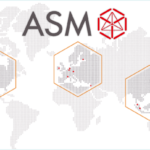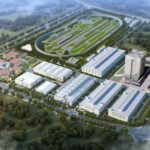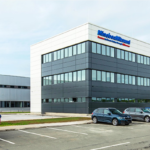ASIA ELECTRONICS INDUSTRYYOUR WINDOW TO SMART MANUFACTURING
IBM’s New Funding to Boost Tech Might in AI, Quantum
For many years now, IBM has been a major player in global hybrid cloud, AI and quantum computing. To propel further its edge in the industry, IBM has recently announced its plans to invest US$150 billion that will further propel the company in the global arena of computing.
According to IBM, the investments will be poured over the next five years in the United States and will likely fuel economy and accelerate further the company’s vision in computing.
“Technology doesn’t just build the future — it defines it,” said Arvind Krishna, IBM chairman, president and chief executive officer. “We have been focused on American jobs and manufacturing since our founding 114 years ago, and with this investment and manufacturing commitment we are ensuring that IBM remains the epicenter of the world’s most advanced computing and AI capabilities.”
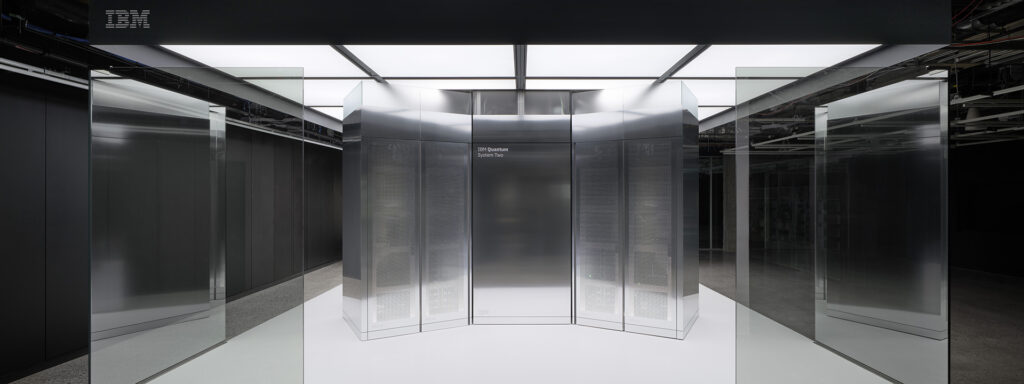
Boosts R&D in Quantum
The proposed IBM investments include more than US$30 billion in research and development. Specifically, this will advance and continue IBM’s American manufacturing of mainframe and quantum computers.
IBM is one of the nation’s largest technology employers and has ushered in innovations. Among them are the data processing systems that enabled the U.S. social security system, the Apollo Program that put a man on the moon, and power businesses in every industry.
IBM continues this legacy in Poughkeepsie, New York, where it manufactures the cutting-edge mainframes that are the technology backbone of the American and global economies. More than 70 percent of the entire world’s transactions by value run through the IBM mainframes manufactured in the United States.
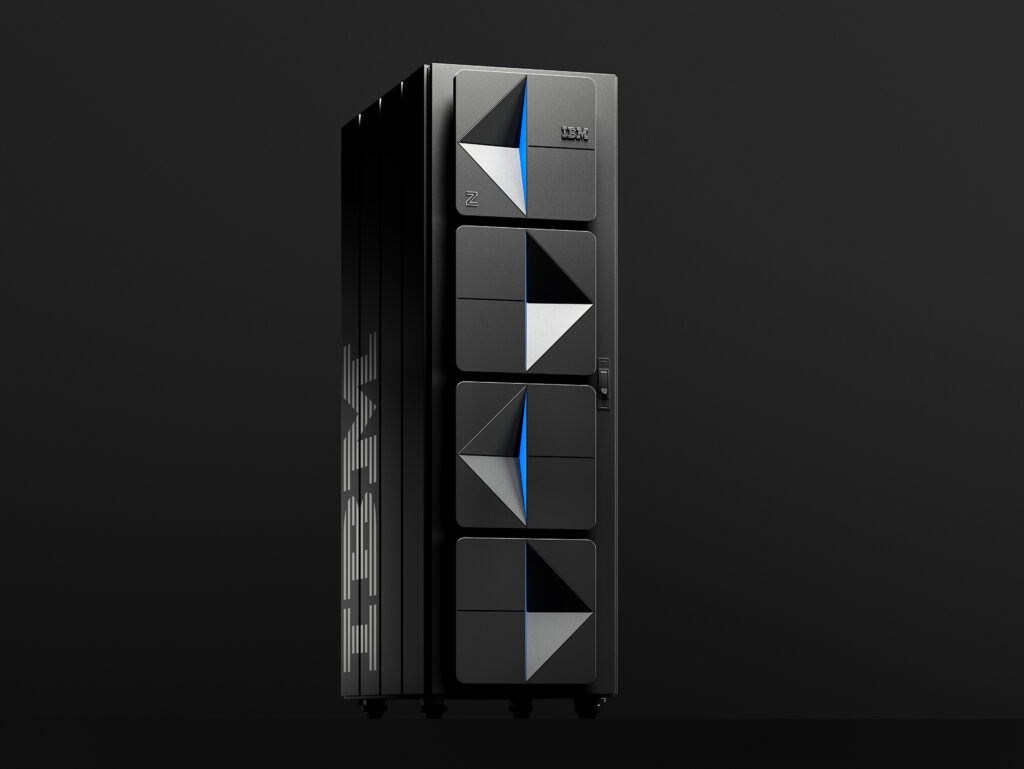
Moreover, IBM also operates the world’s largest fleet of quantum computer systems, and will continue to design, build and assemble quantum computers in the United States.
Quantum computing represents one of the biggest technology platform shifts and economic opportunities in decades and will solve problems that today’s conventional computers cannot solve.
IBM’s Quantum Network provides access to IBM’s quantum systems for nearly 300 Fortune 500 companies, academic institutions, national laboratories, and startups and is accessed by over 600,000 active users.
05 May 2025

